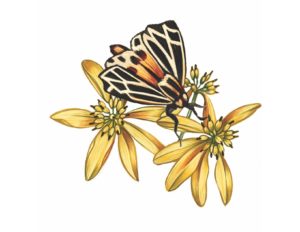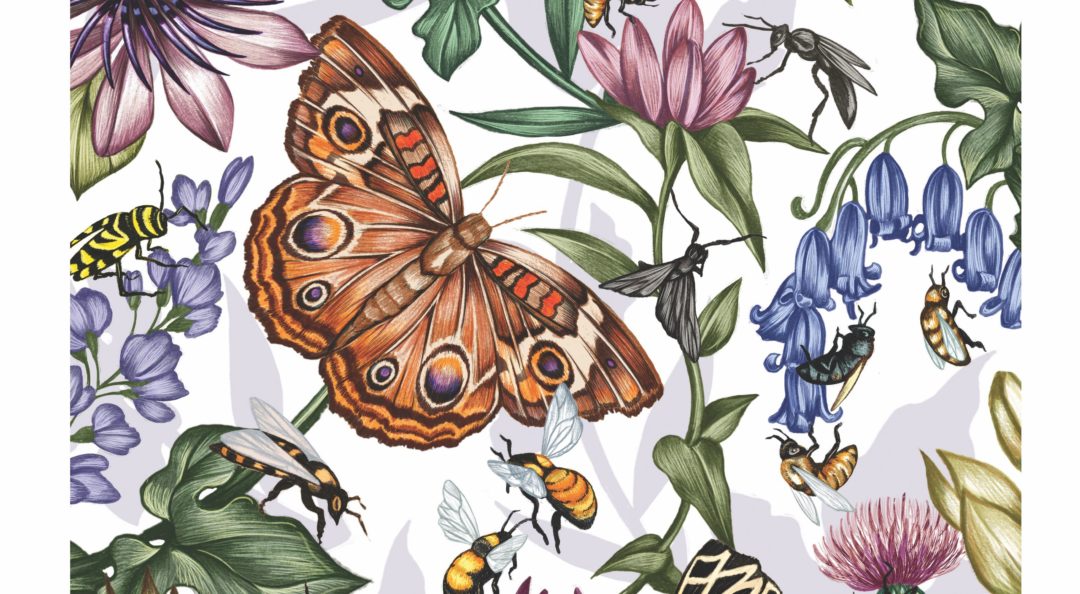Planting for Pollinators
PublicationsNative pollinators are facing growing threats. Here are some fun and easy ways you can help them!
A normal November in the coastal city of Pacific Grove, California, will offer a fantasia of twinkling orange and black wings, as thousands of monarch butterflies descend on pine, cypress and eucalyptus groves where they cluster together to spend the winter.
But fall 2018 was different. Emma Pelton, a biologist with the Xerces Society for Invertebrate Conservation, went to Pacific Grove and nearby Pismo Beach for the organization’s annual Western Monarch Thanksgiving Count expecting some semblance of the “completely magical” scene she had observed in previous years. What she found instead was a pale shadow of past counts, with just a few scattered clumps of butterflies on branches.
It was the same up and down the coast: At hundreds of sites, from Mendocino County to Baja California, volunteers counted only about 30,000 Western monarchs—86% fewer than the number of butterflies the year before.
Such a large one-year drop is not necessarily unusual, Pelton says, but as part of a longer-term decline in the butterfly’s population, it is worrying. The current population is estimated to be less than 1% of its early 1980s level, she says. “We’re pretty concerned that this is the lowest-ever count we’ve had. Researchers have put the threshold—below which the population could collapse—at about this number. So the hypothesis that this is the tipping point is going to be put to the test.”


